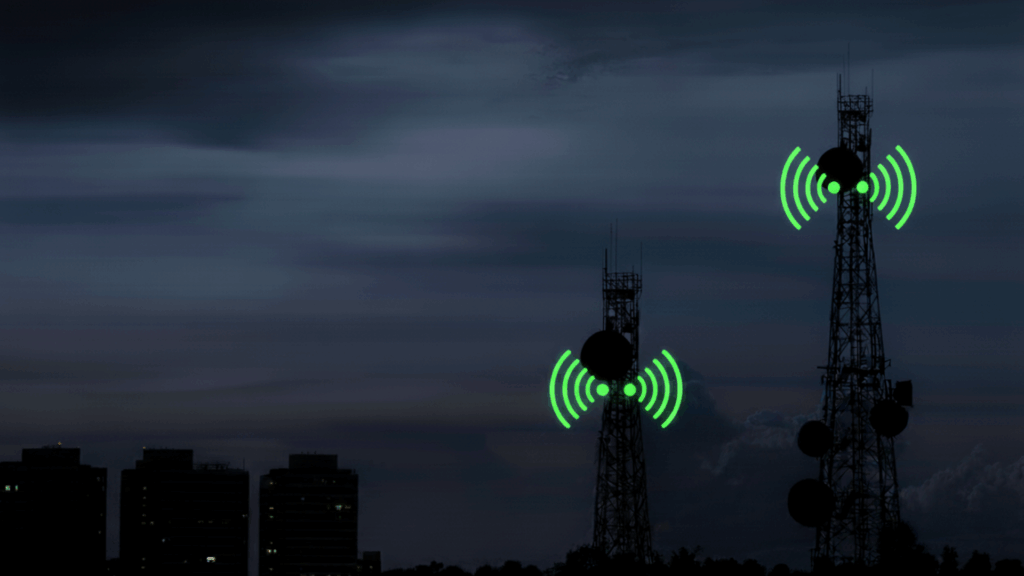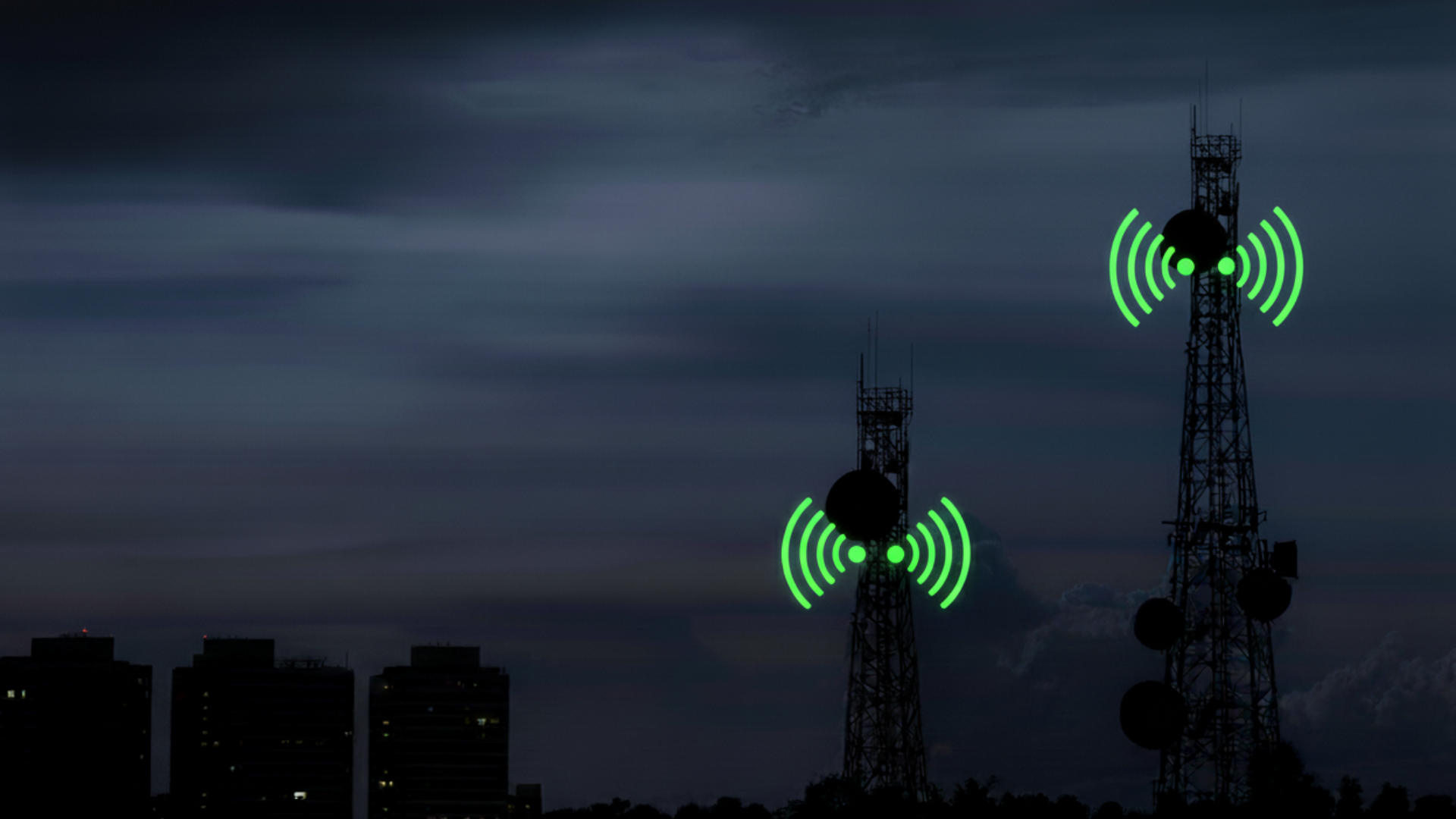How the 2G/3G sunset fits into the broader MHHS transformation journey


Summary
The UK’s retirement of 2G and 3G networks overlaps significantly with the rollout of Market-wide Half-Hourly Settlement (MHHS). Smart meters need reliable, modern connectivity so half-hourly data can be captured and used accurately at scale. In this article, SMS sets out how these connectivity upgrades protect data accuracy, enable time-of-use innovation, and how our end-to-end MHHS roles across Data and Metering Services provide a resilient pathway for suppliers and businesses.
From legacy networks to resilient hubs
As UK mobile operators phase out 3G and gradually retire 2G networks, smart meter communication hubs need to run on modern, reliable connections to keep energy data flowing. The switch-off will affect many older devices, so meters must move to newer, future-ready networks to maintain accuracy and performance.
Why connectivity matters for MHHS
MHHS means energy suppliers will use half-hourly data from smart and advanced meters instead of estimates, improving billing accuracy and allowing for more flexible tariffs. Central systems are due to go live in October 2025, beginning a migration period that will see all supplies move to half-hourly settlement by May 2027.
Keeping meters connected throughout this process is essential. Reliable communication ensures half-hourly data stays accurate and complete, avoiding gaps that could affect billing or delay settlement. For most businesses, that means bills based on actual usage, fewer data issues, and a more consistent service as MHHS rolls out.
Where does SMS come in?
SMS has secured full end-to-end MHHS qualification across Data and Metering Services, spanning metering, data validation, and settlement. This end-to-end capability helps keep energy data accurate and connected as the UK transitions to MHHS and retires 2G and 3G networks, ensuring consumers continue to receive accurate bills and reliable smart meter performance.
What this means for settlement and customers
With dependable connectivity in place, MHHS delivers clearer, more frequent data that supports:
- More accurate billing: settlement aligned to actual half-hourly use, not profiles.
- Time-of-use and flexibility services: greater consumer control and opportunities to shift load.
- Transparency and engagement: better visibility of when and how energy is used.
These outcomes reinforce broader decarbonisation goals by encouraging smarter consumption patterns and unlocking innovation across tariffs and services.
What businesses should do next
For most organisations, MHHS will take place automatically in the background, and no action is required unless your supplier gets in touch. However, as 2G and 3G networks are retired, it’s worth checking that your sites use smart or advanced meters with modern communication hubs that can operate on 4G or newer networks.
If you want to be proactive, speak with your supplier about connectivity upgrades and how half-hourly data can support tariff optimisation, energy management, and future flexibility opportunities.


